The advantages of InVitro plants
Emers - that is, grown above the water surface - plants from the nursery have the advantage that they are already large and vigorous when they arrive in our aquariums, but they do not offer only advantages.
Conversion to the aquarium biotope
Most aquarium plants are marsh plants. When grown above water, they often have a different form (called the overwater form or emerse form), and they often need to adjust to life underwater. So it may well happen that leaves are shed or that the plant first takes care of itself and stops growing.
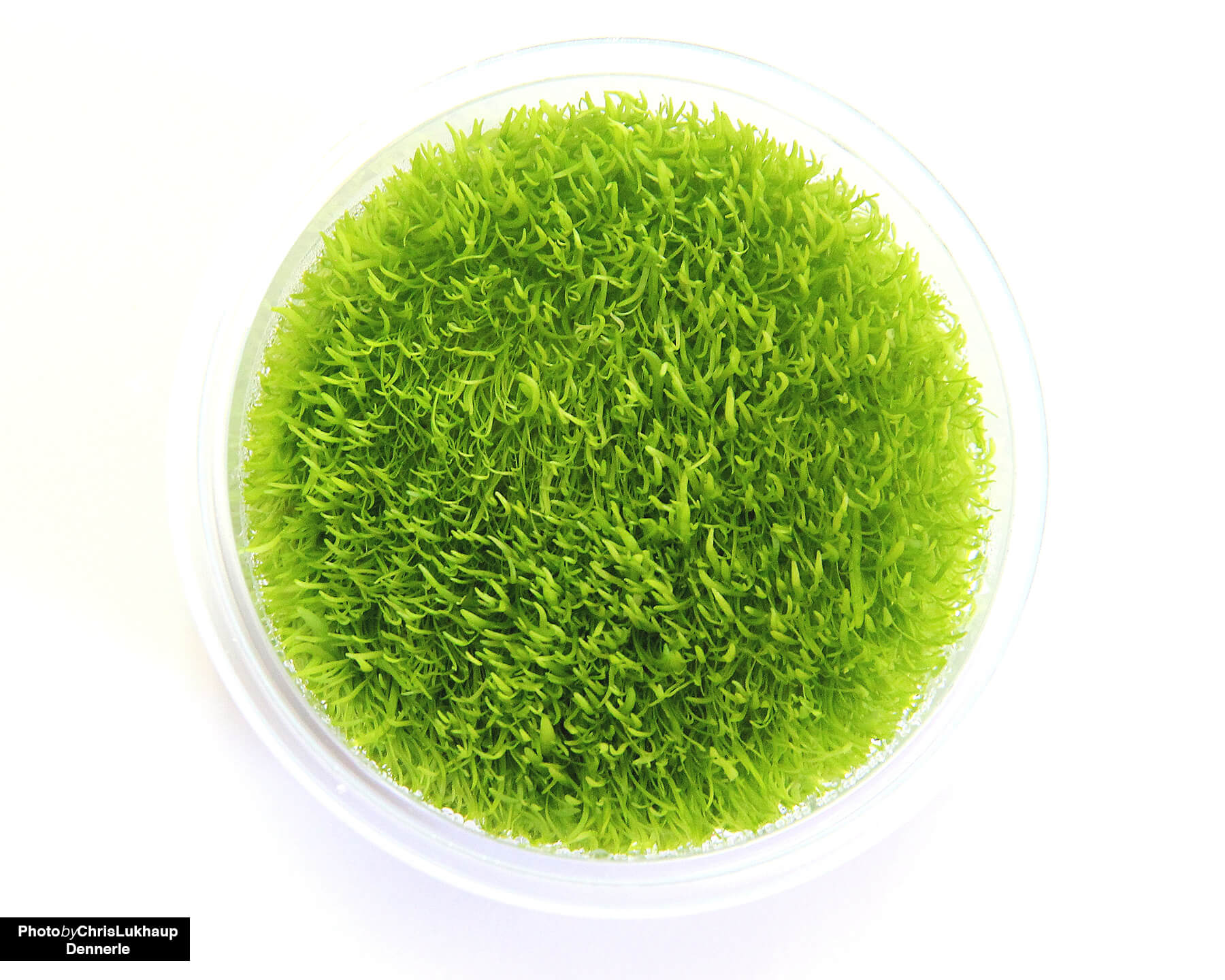
Uninvited guests
With emersed grown plants you can get uninvited guests like dragonfly larvae, snails and other organisms into the aquarium, even algae or algae spores can travel with them. Imported plants are made free of foreign organisms with pesticides before importation - a practice to which many shrimps have already fallen victim.
Quarantine time
As a precaution, a quarantine period of up to two weeks is recommended before such plants are placed in the aquarium. Then one is on the reasonably safe side. Also, the glass wool that often surrounds the rootstocks of potted aquarium plants must be removed as residue-free as possible before watering - a very unpopular job with all plant aquarists, but a necessary step for emersed grown plants.
invitro plants provide a remedy
However, if you want to rule out the possibility of introducing pesticides, algae, pathogens, planaria, snails and other uninvited guests into the aquarium from the outset, plants grown in tissue culture are a good choice. In vitro (grown in glass) plants are grown in the laboratory from cell cultures. In the past, this type of cultivation was reserved for orchids and other high-priced plants, but now the method has become suitable for everyday use, and InVitro plants are also a real alternative in terms of price.
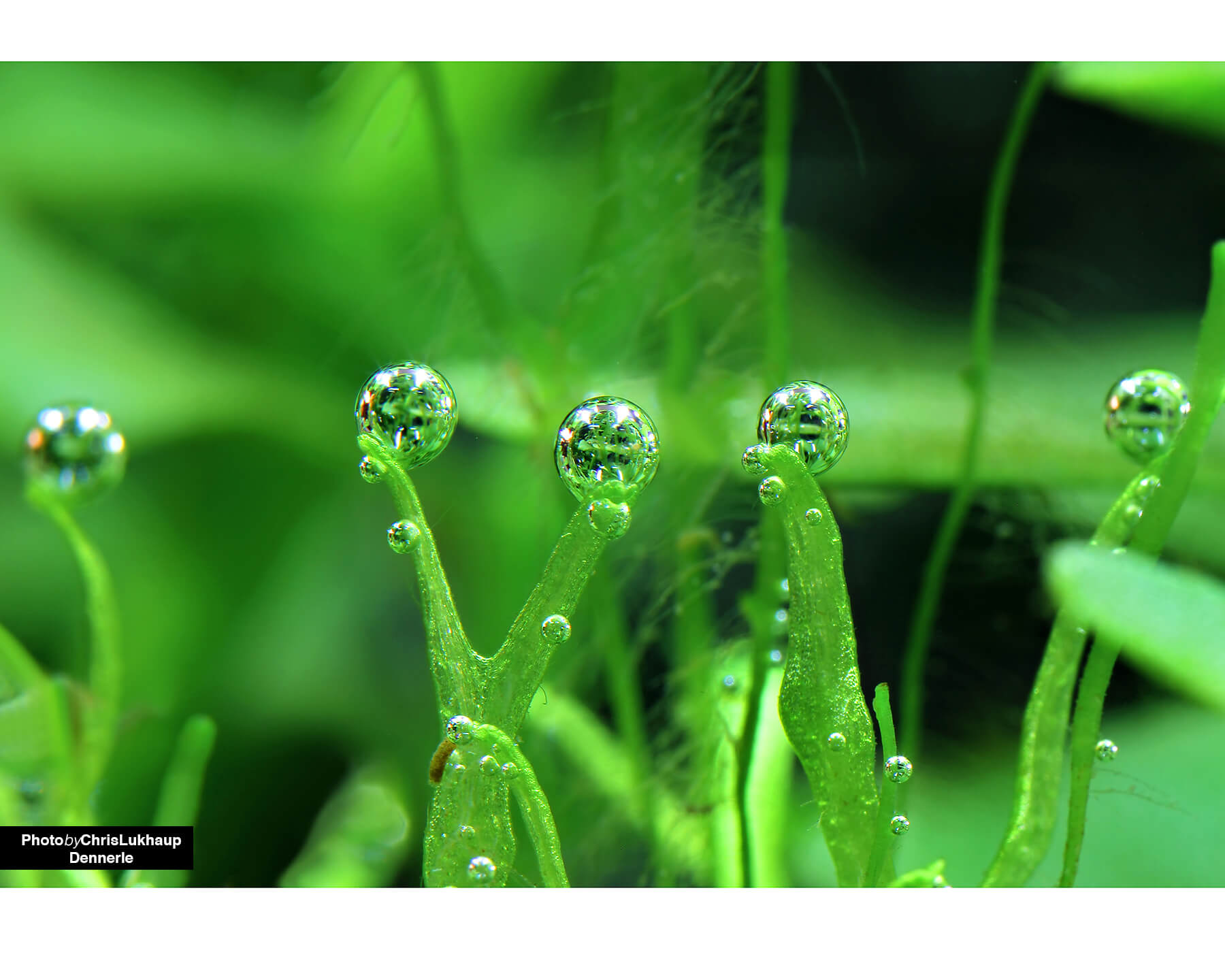
What are the advantages of laboratory-grown plants?
Plants from InVitro cultures are grown germ-free and under sterile conditions on a sugary nutrient gel in the laboratory.
No snails, planaria or other co-inhabitants:
If you buy conventionally grown aquarium plants, it is quite possible that you will introduce uninvited guests into the aquarium, which you can usually only get rid of with great difficulty. Often, for example, bubble snails travel with you in plants, but time and again you also find dragonfly larvae (which hatch from eggs pierced into the plant tissue and then eat the valuable shrimp) and the dreaded planaria, to name just a few stowaways. The topic fills forums and Facebook groups! InVitro plants are guaranteed to be free of these co-inhabitants because, unlike conventional aquarium plants in pots or in bunches, these plants are cultivated sterile in the lab and thus cannot come into contact with these unwanted guests in the first place.
No algae spores, bacteria and fungi:
Thanks to sterile cultivation in the culture vessels, neither algae spores nor bacteria can creep in, and fungal contamination of the tissue cultures is also ruled out. Pesticides and bactericides are not used and therefore do not have to be "watered out". InVitro plants can therefore be used immediately even in aquariums with very sensitive shrimps.
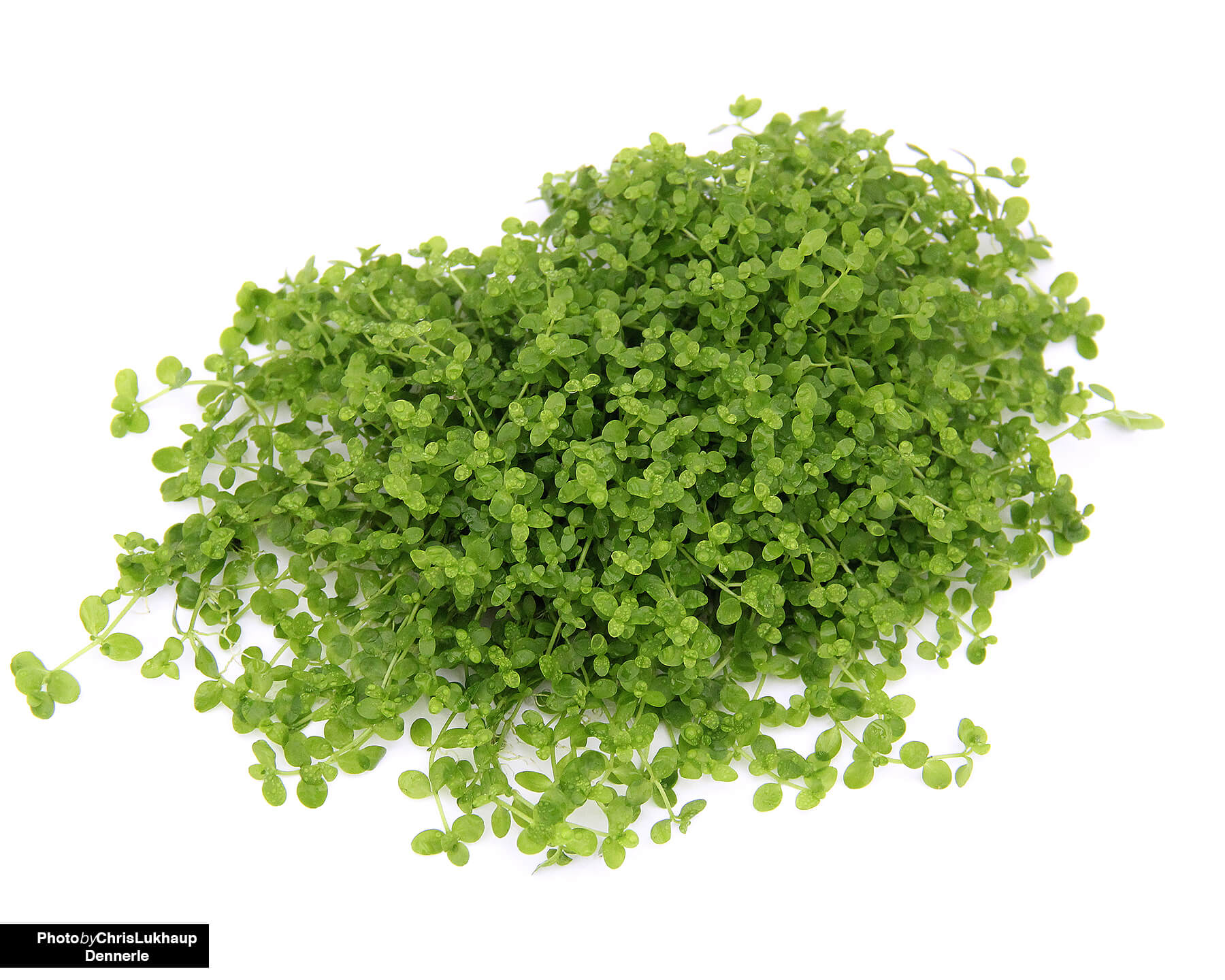
No changeover to the underwater form:
Plants grown from tissue culture are already in the underwater form and do not need to adjust when they are introduced into the aquarium. This saves the plant a lot of stress and provides the owner with plants that start growing virtually immediately rather than after some time, thus providing competition against algae right from the start.
More plant mass for the money:
Unlike potted or bunched plants, you get more plant mass for your money with InVitro Cups. From this perspective, you have significantly more starting material for your setup, and the plants are much easier to divide than pot-grown plants with a cohesive root clump.
Longer storage time:
InVitro cups can be stored longer than conventionally grown aquarium plants. However, we recommend a maximum storage period of 7-14 days. When the nutrient gel, which is actually clear, starts to become cloudy or discolored, it's high time!
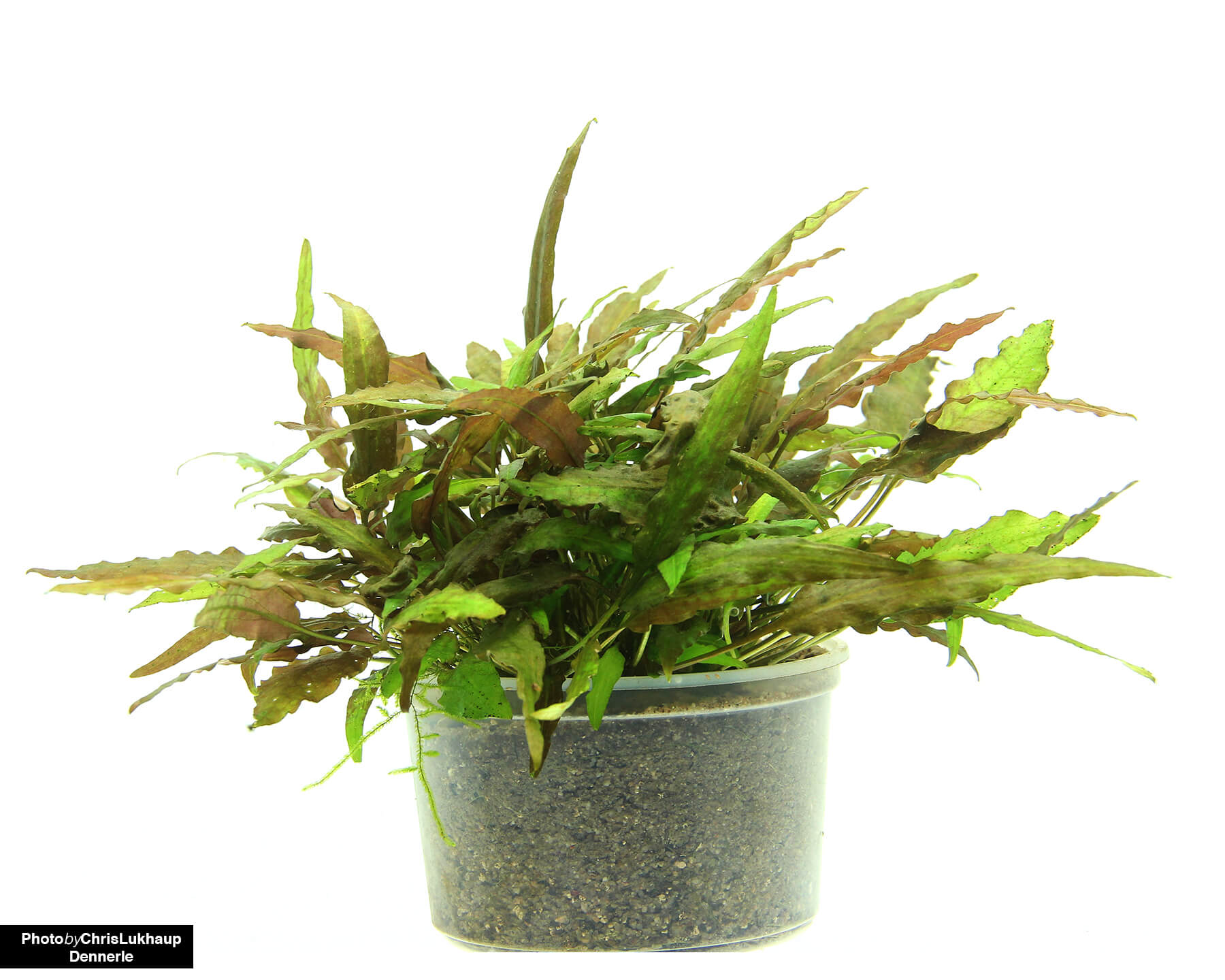
Simpler preparation:
In tissue culture or meristem culture, plants are grown on a liquid or gel medium without pesticides or bactericides. This eliminates the problem of having to laboriously remove the pesky rockwool that often protects the root ball in emersed grown plants. The nutrient gel is simply rinsed off under running water and the plant is ready for use. The portions from the cups can be divided very easily and without loss with a few simple steps and then planted. Depending on the environment and species, coherent plant carpets develop within a few weeks.
This means that InVitro plants are not just reserved for some specialists, but are a practical alternative suitable for everyday use in the home community aquarium - and for species aquariums with shrimps anyway. They save beginners an enormous amount of stress and additional work and the shrimps unnecessary risks for their life and health.
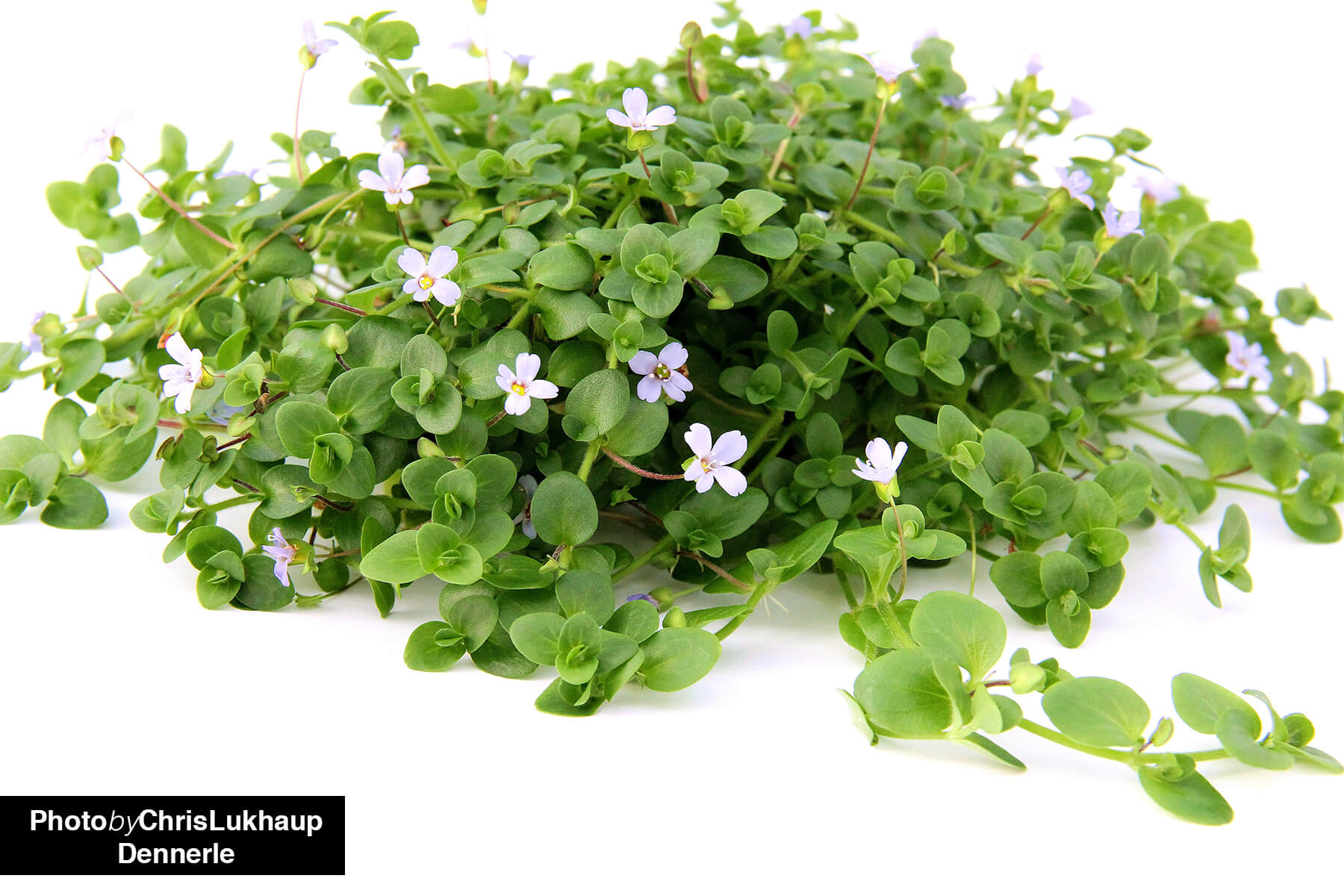
Expert comment: Plantahunter Stefan Hummel / Dennerle
Traditional plants in pots or bunches
At Dennerle, plant protection is strictly monitored and controlled. We also work with beneficial insects in our greenhouses to keep pesticide exposure to an absolute minimum. Pot and bunch plants from Dennerle can also be used directly in the shrimp aquarium with a good conscience.
For me there are 5 following highlights regarding the Dennerle Invitro plantit series :
- healthy and sterile plants, no pathogens or pest infestations, no algae or snails
- very large variety of different plants for front, middle and background. That means you can create different landscapes with plantit cans
- plantit plants are also a contribution to nature conservation, as can be seen in the example of Bucephalandra species from Borneo. Wild collection will hopefully be replaced by laboratory propagation.
- in the Plantit series there are some rarities which are not available in the normal trade or only very rare. A good example is Cryptocoryne usteriana, which looks confusingly similar to Cryptocoryne aponogetifolia. Also own Dennerle breeding are there like Cryptocoryne spec. 'Flamingo' or Cryptocoryne lutea 'Hobbit' and as the latest example the smallest Anubias in the world: Anubias nana 'Pangolino' !!!!
- plantit plants are well branched and compact - especially many stem plants are extremely multibranched and very popular especially for aquascaping.
